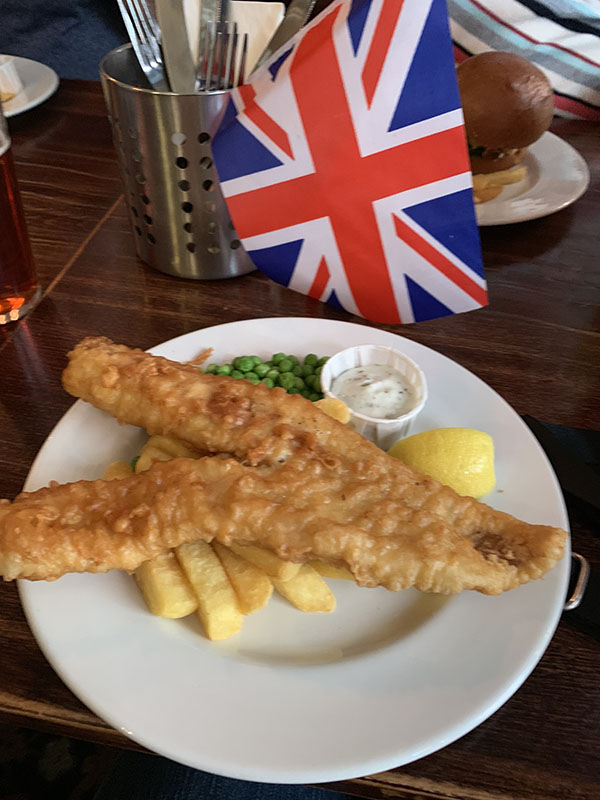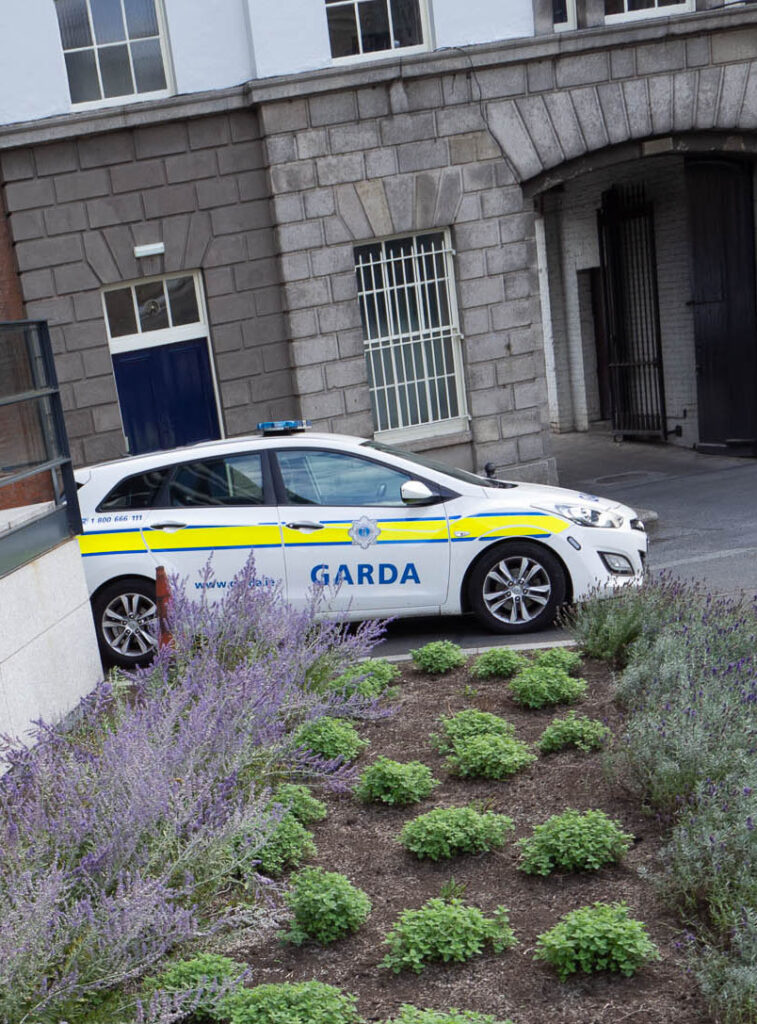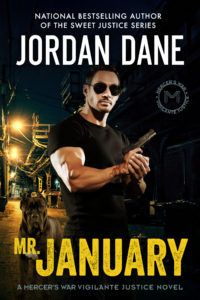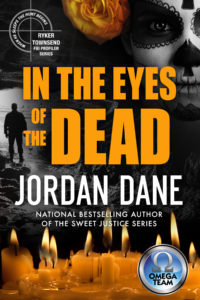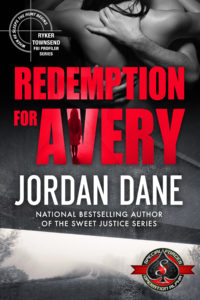Let’s Go To New Zealand
Terry Odell
First, a huge thanks to Kathleen Donnelly and James L’Etoile for filling in during my absence. Loved your posts.
 I was going to jump back with a writing-related post, but let’s be honest. We get those all the time here at TKZ, but how many firsthand posts about a 3 week trip to New Zealand are in the archives?
I was going to jump back with a writing-related post, but let’s be honest. We get those all the time here at TKZ, but how many firsthand posts about a 3 week trip to New Zealand are in the archives?
(Also being honest – I haven’t gotten back to the wip. I printed out the first 25 chapter, which is as much as I’d written before I left, and read them on the rare occasions we had free time, and did my markups. They’re still in the envelope I packed them in.) Another “almost writing” thing? I actually remembered to keep a journal this time, although I have no intention of writing a book based on this trip. And, another moment of honesty—most of my notes were ‘travelogue’ and not the sorts of things I’d use in a novel if I’d planned to write one. Not to mention my longhand has degenerated to the point of bordering on unreadable.
So – New Zealand was a definite bucket list trip. The only improvement would have been to have Scotty beam me to Auckland and then back at the end of the trip. More details here and here.
 We covered almost the entire country, as you can see by the map. The tour lasted 18 days. We also arrived a couple of days prior to our tour to allow for potential delays and to get over jet lag. (There’s a 19 hour plus a day time difference between Auckland and Colorado on the way out. We get that day back on the return trip.)
We covered almost the entire country, as you can see by the map. The tour lasted 18 days. We also arrived a couple of days prior to our tour to allow for potential delays and to get over jet lag. (There’s a 19 hour plus a day time difference between Auckland and Colorado on the way out. We get that day back on the return trip.)
For me, I’d say one of the things I’d want to remember wasn’t so much the experiences, amazing as they were, as it was the education. It was heartening to go to a museum and see group after group of schoolkids with their interest and enthusiasm about the exhibits, all of which were extremely well done. They’re the future.
We were on an organized tour, and didn’t spend a lot of time at any destination, but we covered a lot of destinations. Not just end-of-the-day, here’s your hotel, but numerous stops along the way. Sometimes just for photos—and the scenery was stunning—and sometimes for tours.
Want to follow along? I’ll give you a minute to grab a map or its digital equivalent.
We started in Auckland, but set out for Paihia and the Bay of Islands the next morning. En route, we stopped at Glow Worm Caves and the Waitangi Treaty House where we had our first introduction to the Maori culture and history. (Not my favorite subject in school, and definitely never had classes that touched on the Maori).

Maori Treaty House
Learning about the Maori culture and seeing the efforts being made to keep it alive—and/or recover it—was another positive. Because—going back to something I learned in my college anthropology class—when two cultures collide, the one with the higher technology will overtake the other. Guess who lost out when the white man showed up? That’s pretty much a universal truth.
The Bay of Islands would be a must-see place in the North Island, especially if you can cruise through the “Hole in the Rock”, which we did. We also spent a little time at Otehei Bay on Urupukapuka Island, and some time exploring the town of Russell. (You finding all these locations? How’s your Maori?)
(Clicking should enlarge images.)
- Fog lifting
- Bay of Islands
- Bay of Islands
- Hole in the Rock
- Urupukapuka Island
We had a fun ride on the Glenbrook Vintage Railway, run by volunteers in period dress, and offering a light tea service. From there, by coach to Rotorua with a stop at the Hamilton Gardens.
- Glenbrook Vintage Railway
- Hamilton Gardens
- Kitchen Garden
Rotorua is another “must” stop, although a bit odiferous from all the sulfur. We walked through a redwood forest, stopped at the Blue and Green Lakes (although the lighting wasn’t conducive to the markedly different colors between the two.
The Te Puia center was a “don’t miss.” A kiwi breeding center, geysers, bubbling mud, a fantastic buffet dinner and Maori entertainment. All well done, but the bottom line is this is a school where they’re trying to keep the Maori arts alive. Students are vetted, and they take very few each year.
- Geysers and Bubbling Mud
- Maori Carving
- Maori Culture Demos
The next day was spent in travel. We took the Northern Explorer train from Hamilton to Wellington, which was our southernmost stop in the North Island. There are a lot of sheep and cows in New Zealand. And green. Everything is so green. Ferns everywhere, many the size of trees.
- Greenery
- Tree Fern
- Sheep
For our final day on the North Island, we took a gondola that rose a whopping 120 meters. (For someone who lives at 9100 feet, this was barely a hill), but at the top, we enjoyed a view of Wellington and roamed the Wellington Botanic Gardens, followed later that day with a guided tour of the Museum of New Zealand, Te Papa Tongarewa. Another educational and interesting experience, with more exhibits focusing on the historic culture and how it can coexist with the current day. Artists created their “updated” version of a meeting house.
- Wellington Gardens
- View of Wellington
- Artists’ Meeting House
That’s it for the North Island. If there’s interest, I can report on our South Island adventures another time.
Okay, a little about writing so I don’t feel too guilty. Although I’m not planning a novel set in New Zealand, the people on the tour provided lots of character fodder for other books. The woman whose cackle would put Phyllis Diller’s to shame. Her husband called her his locator beacon. Or the woman who kept “losing” her husband. “Has anyone seen Tim? Where are you, Timbo?”
Then there was the woman who was severely visually impaired, yet who, with the help of her husband—and everyone else in the group—did and saw everything. I felt it was inappropriate to ask what her specific conditions were—she had other physical issues, but she took pictures with her phone, and said she enjoyed the views, and she talked about many other trips she and her husband had taken.
Or the Brit who refused to try anything new when it came to food, and subsisted on potatoes and “puddings” for much of the trip. The man who was first off the bus, roamed the farthest to take pictures (with his phone), and the last back on. The elderly couple who wore matching clothes and held hands as they walked. Or the one who seemed to wear one of the same two shirts every day, but when I brought it up—obliquely—she said she had four of them.
The floor is yours. Comments? Questions? Personal adventures?
How can he solve crimes if he’s not allowed to investigate?
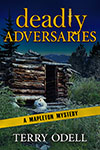 Gordon Hepler, Mapleton’s Chief of Police, has his hands full. A murder, followed by several assaults. Are they related to the expansion of the community center? Or could it be the upcoming election? Gordon and mayor wannabe Nelson Manning have never seen eye to eye. Gordon’s frustrations build as the crimes cover numerous jurisdictions, effectively tying his hands.
Gordon Hepler, Mapleton’s Chief of Police, has his hands full. A murder, followed by several assaults. Are they related to the expansion of the community center? Or could it be the upcoming election? Gordon and mayor wannabe Nelson Manning have never seen eye to eye. Gordon’s frustrations build as the crimes cover numerous jurisdictions, effectively tying his hands.
Available for preorder now.
 Terry Odell is an award-winning author of Mystery and Romantic Suspense, although she prefers to think of them all as “Mysteries with Relationships.”
Terry Odell is an award-winning author of Mystery and Romantic Suspense, although she prefers to think of them all as “Mysteries with Relationships.”




















